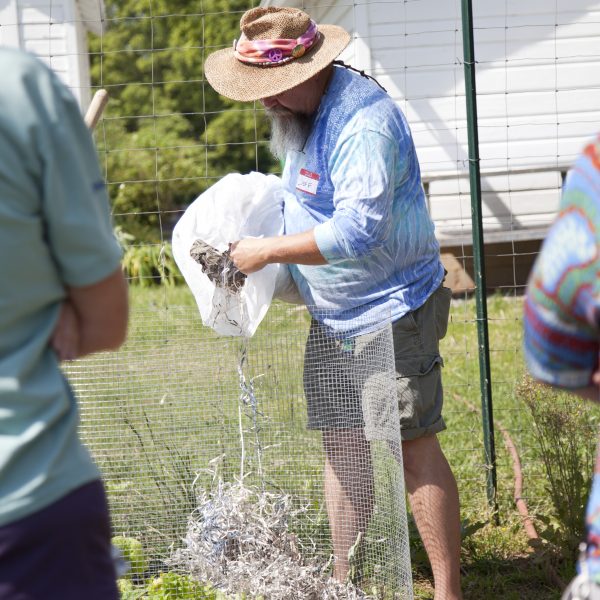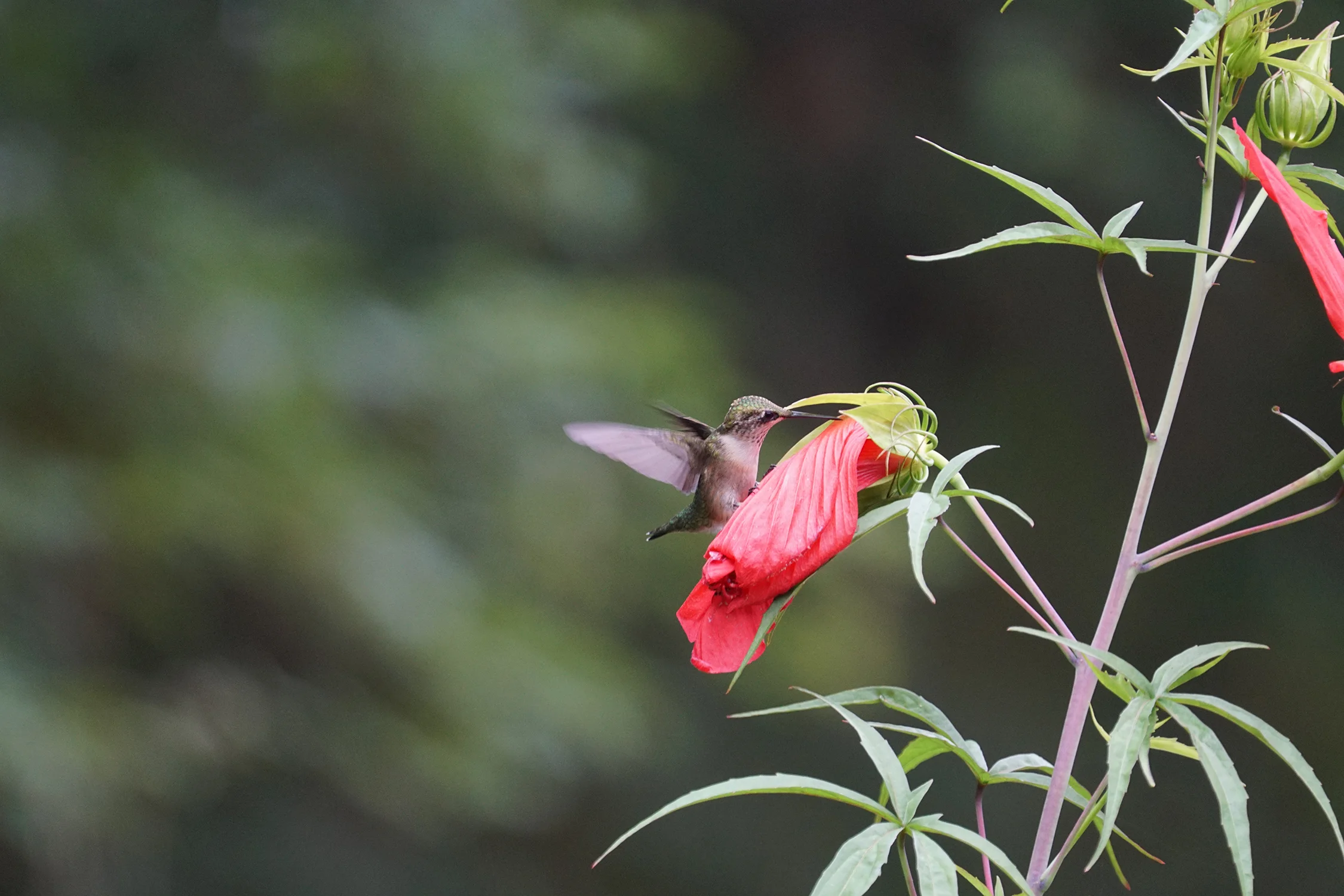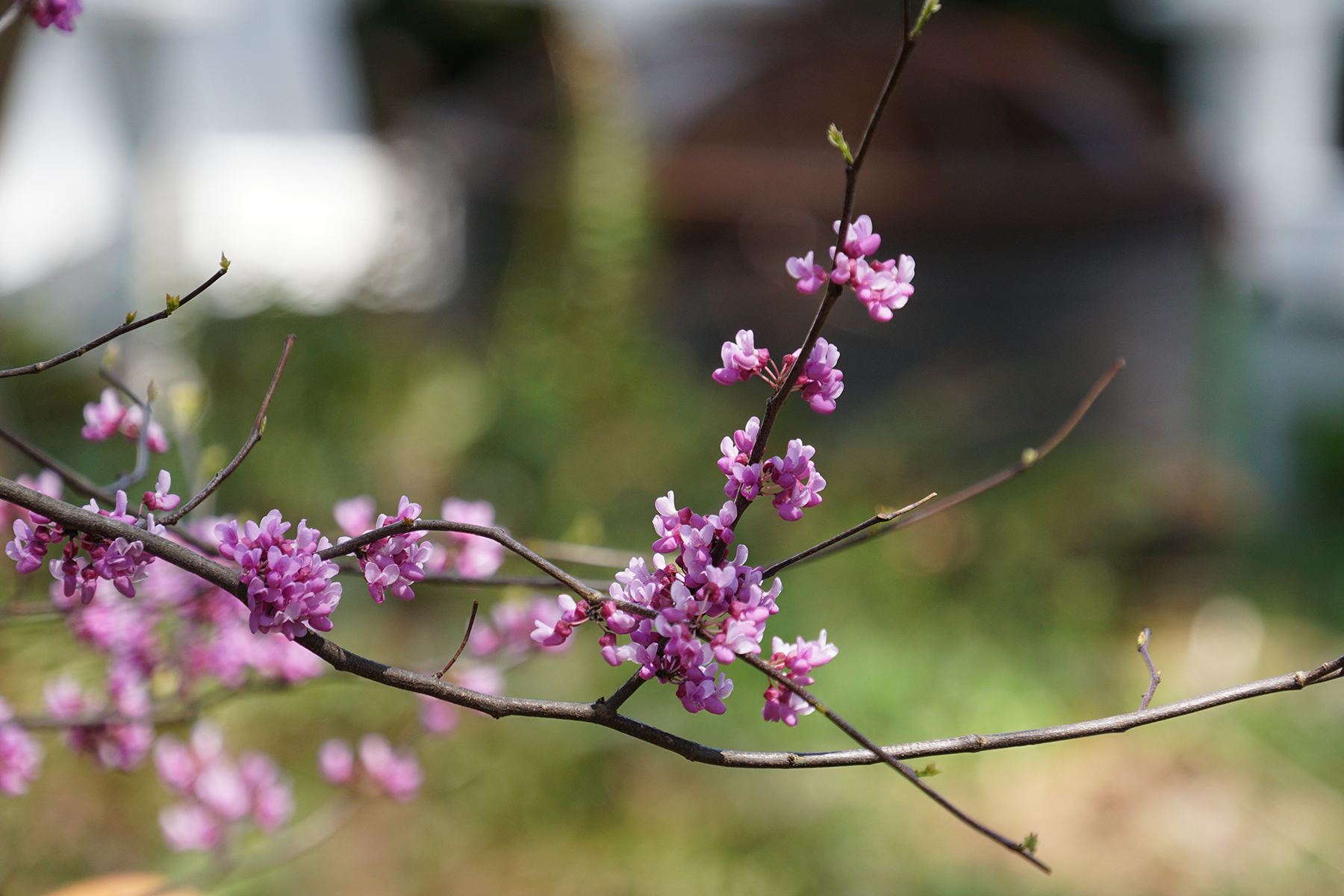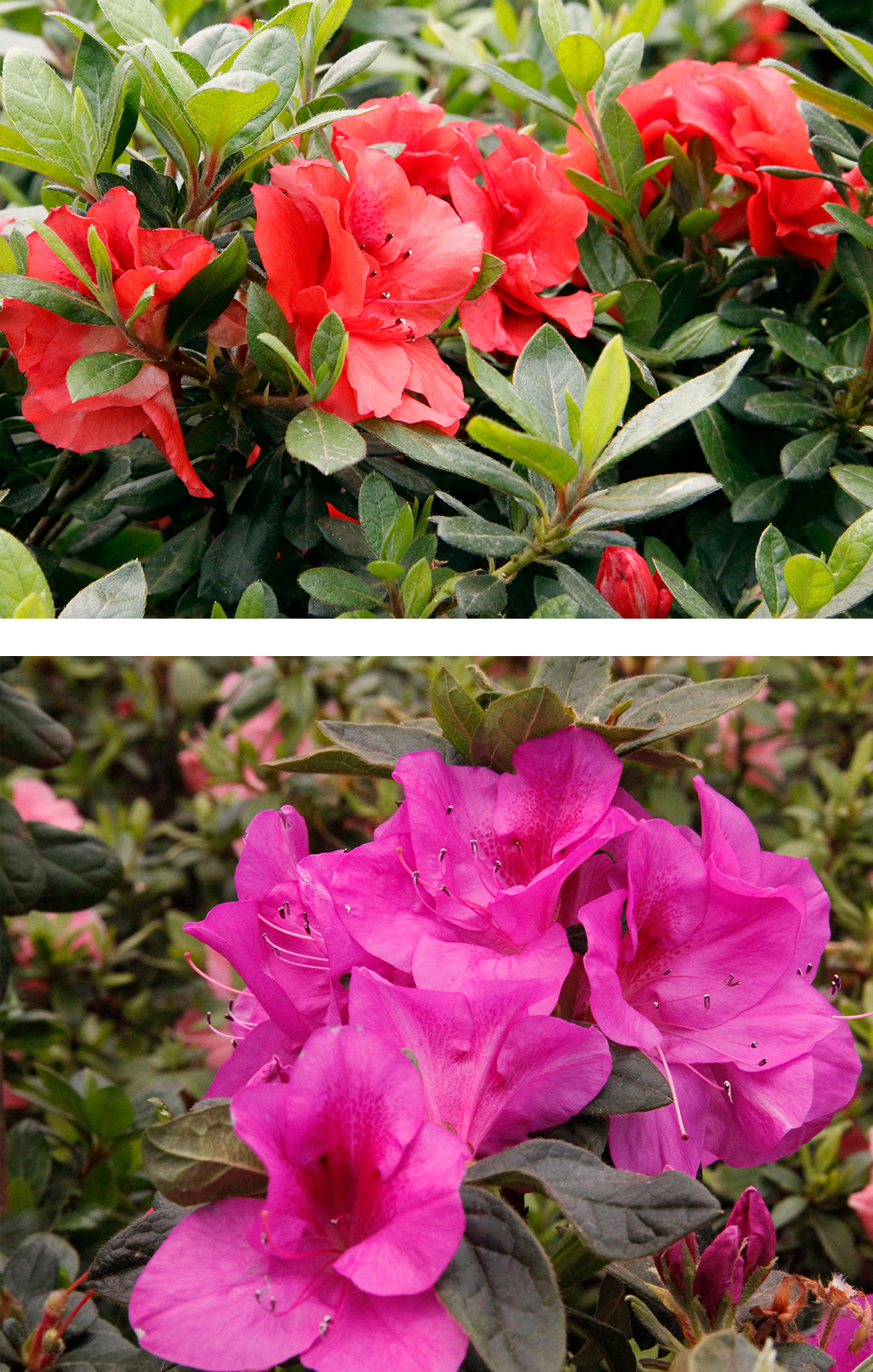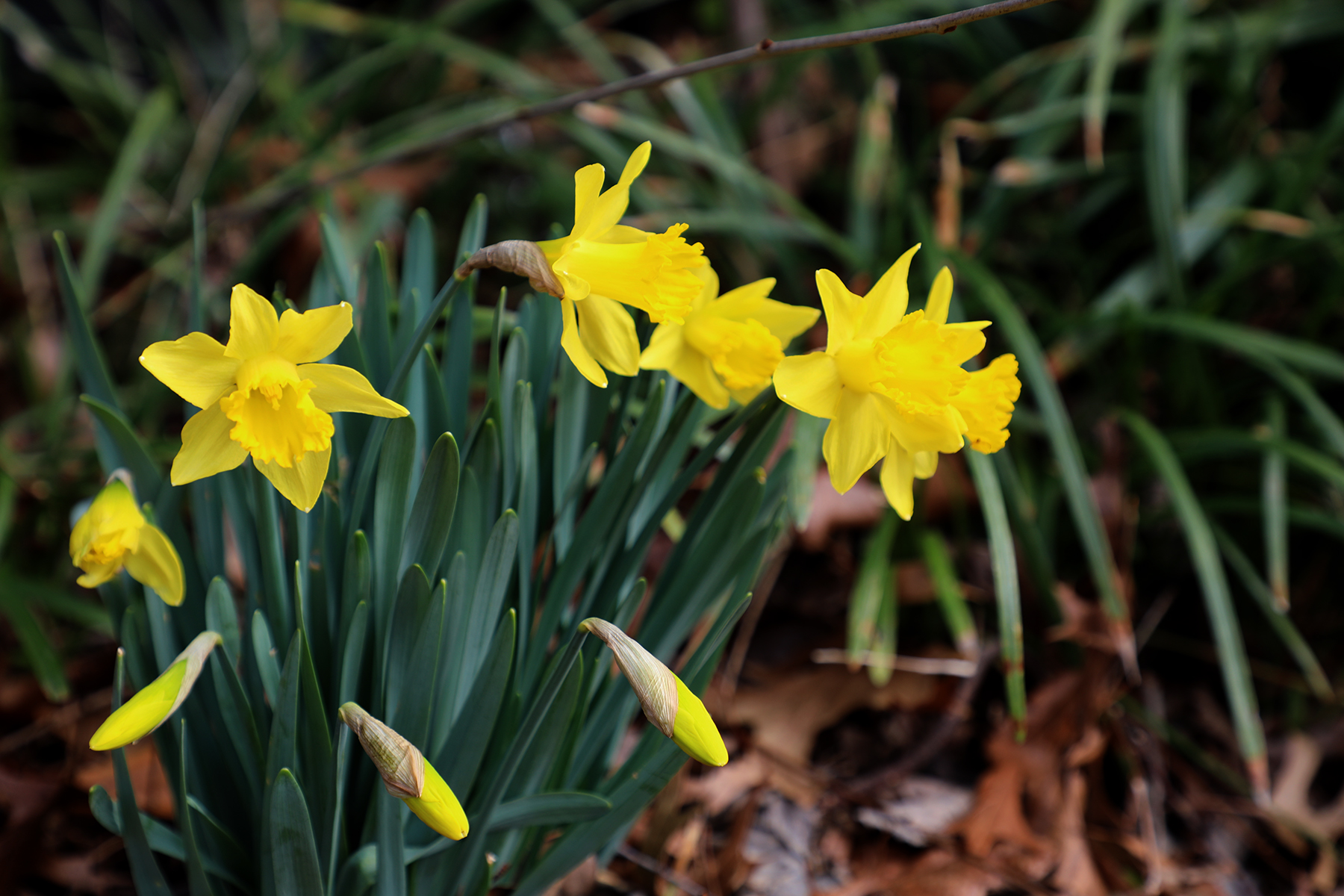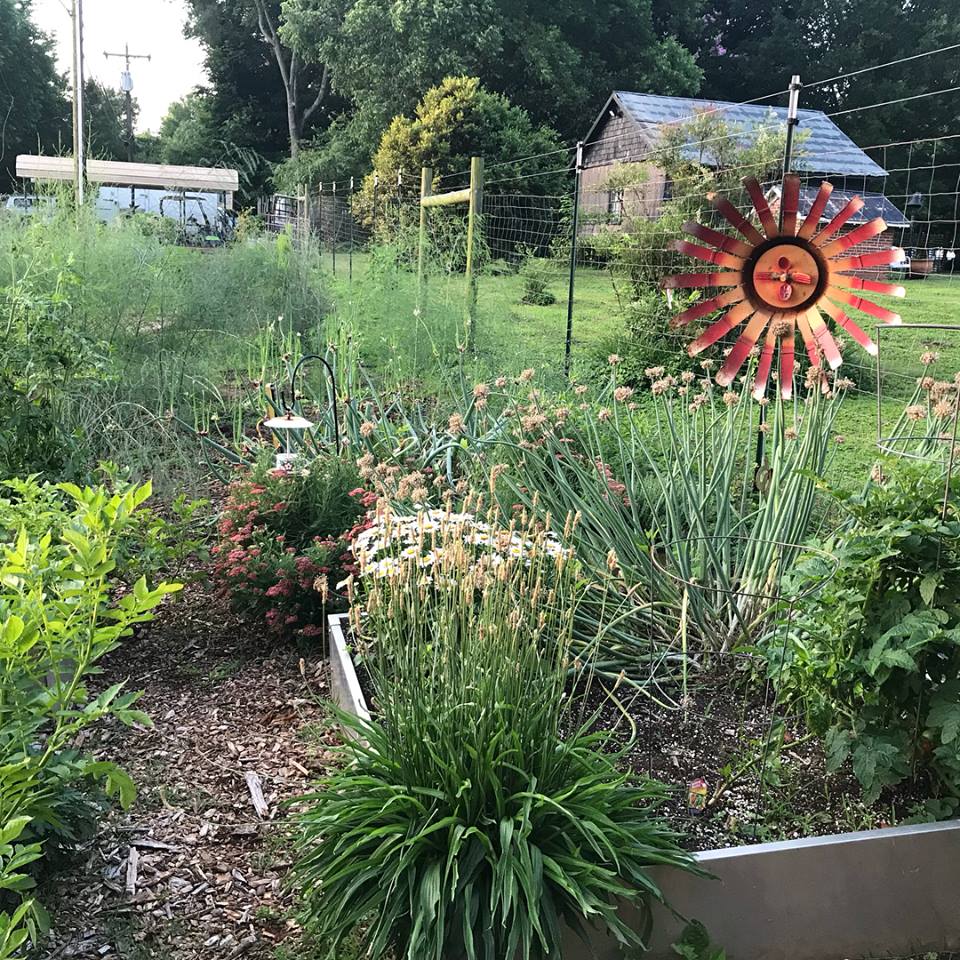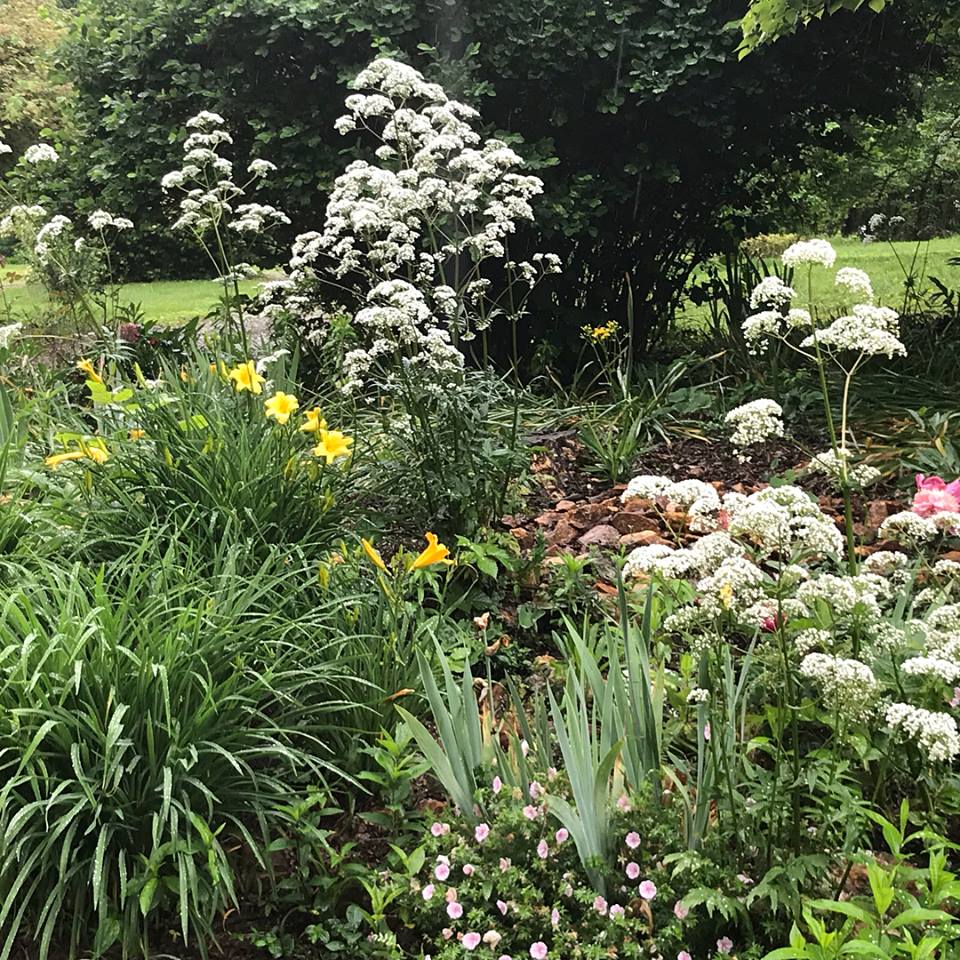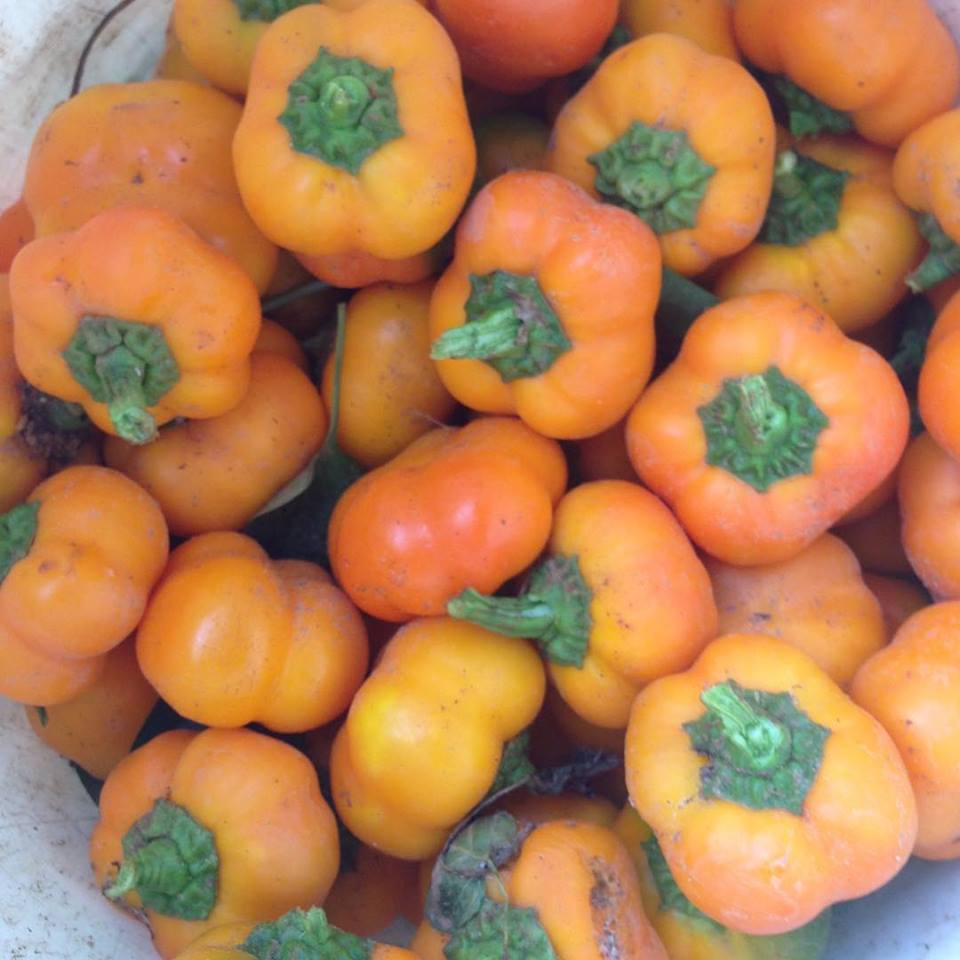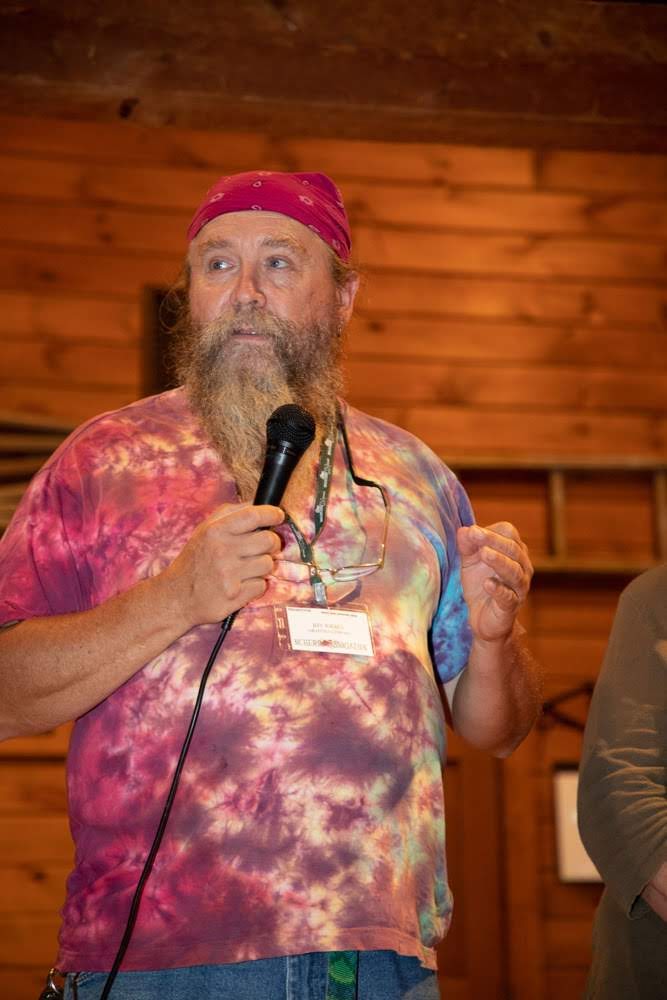I’ve been “up on the mountain”, as the locals refer to the part of Patrick County, VA, where my mother lives, giving thanks for the gifts in our lives, and helping Ma with some winter lawn and garden chores. One of those tasks is collecting fallen leaves and twigs for compost and mulch.
Leaves are a great source of organic matter and nutrients. According to Texas A & M University, leaves contain 50 to 80 percent of the nutrients a plant extracts from the soil and air during the season. That’s a lot of free fertilizer! In addition, the leaves will provide a lot of food for bacteria, fungi, earthworms and all the other critters that live in the soil. This creates a healthy soil in which your plants will thrive.
Photo courtesy Jeff Rieves
One of the simplest ways to utilize the leaves that fall in your yard is to use them where they fall. Leaves make great mulch for all kinds of plants. One look at a forest floor will tell you that. If the volume of leaves that fall is too great for the area, or if they might smother the plants if left untended, you could rake the leaves into shallow windrows and mow them, blowing them back into the bed or into a pile for later use. Chopping them like this can reduce the volume by 50% or more. A bagger would be handy to collect the shredded leaves for use in other areas. That’s what we’ve done for the last couple of years “on the mountain” with some success, depending on the weather and the mower we have available. Wet weather slows things down, because the leaves tend to stick together and bog down the mower. A dry fall results in a dusty chore, but does make it easier to collect your leaves.
Another way to use your leaves is in the compost pile. Leaves are a great source of nutrients for the decomposers that create compost for your garden. Shredding them is not necessary, but will reduce the volume and speed up the creating of your homegrown fertilizer. A simple wire cage at least 3 feet high and as wide as you can handle will contain the leaves and keep them from blowing around your yard all winter. Adding a little “green” (nitrogen bearing material) will heat the pile up, as the critters in your pile do their best to provide you with a great soil building product.
You can build a garden “from the ground up” by using an old method that has become new again. “Lasagna Gardening” is a method that uses leaves that are simply piled on the ground and left to rot. This is technically called sheet composting, but it allows you to build your beds by placing the leaves wherever you need or want a new flower/vegetable bed. Many gardeners use newspapers or cardboard to smother any weeds that might sprout through the leaf bed. Leave the organic material in place over a period of time (usually 3-6 months) and the newspaper/cardboard/leaf mixture will have decomposed enough to plant into. If you are in a hurry, you can create pockets of soil in the mix and plant directly into that.
So this fall, turn over a new leaf and keep all your leaves instead of bagging them up for curb collection. You (and your plants) will be glad you did!

